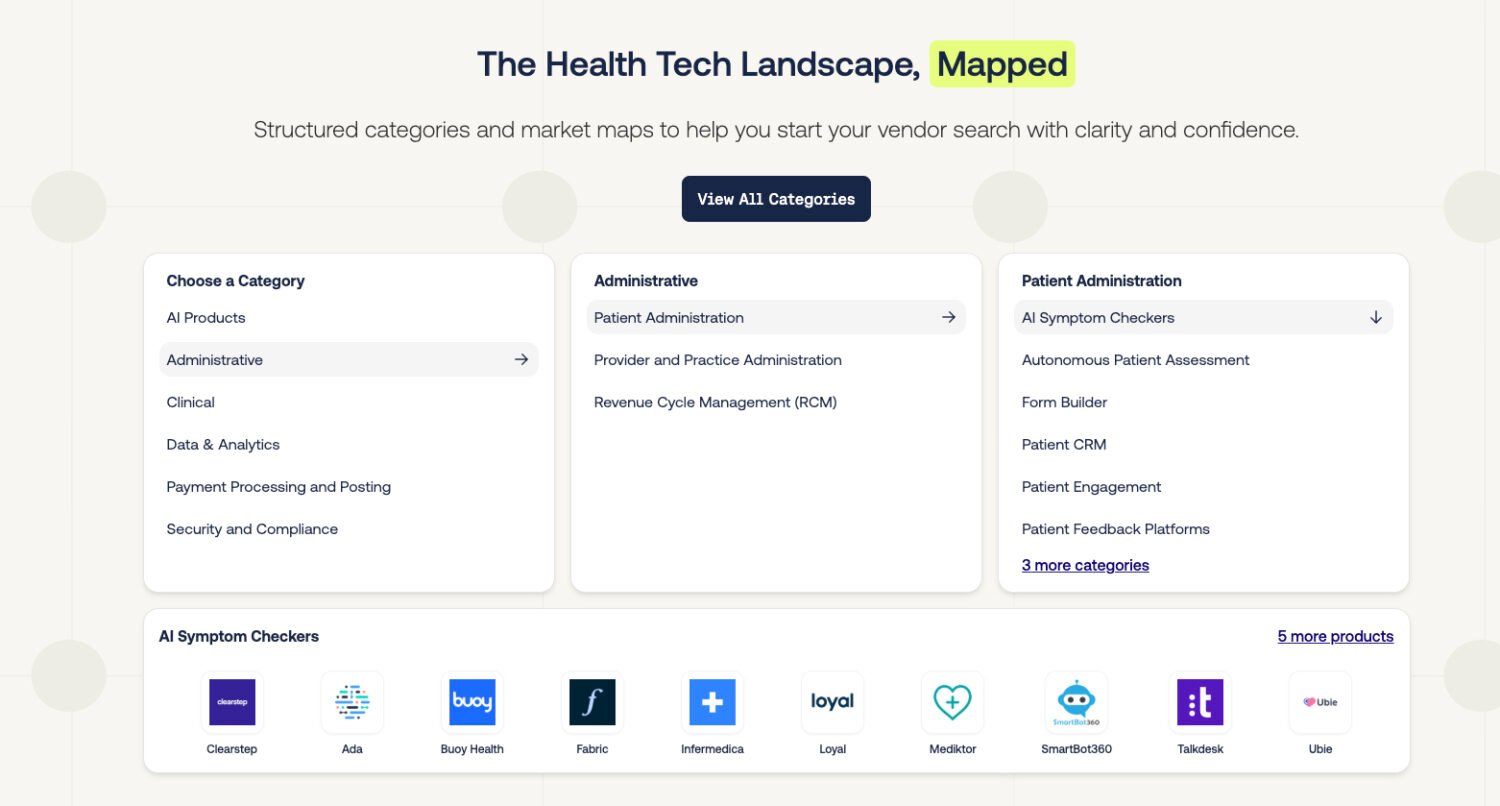In the rapidly evolving field of artificial intelligence, a new contender has emerged from China’s research labs, promising to reshape how we think about energy-efficient computing. The SpikingBrain-7B model, developed by the Brain-Inspired Computing Lab (BICLab) at the Chinese Academy of Sciences, represents a bold departure from traditional large language models. Drawing inspiration from the human brain’s neural firing patterns, this system employs spiking neural networks to achieve remarkable efficiency gains. Unlike conventional transformers that guzzle power, SpikingBrain-7B mimics biological neurons, firing only when necessary, which slashes energy consumption dramatically.
At its core, the model integrates hybrid-linear attention mechanisms and conversion-based training techniques, allowing it to run on domestic MetaX chips without relying on NVIDIA hardware. This innovation addresses a critical bottleneck in AI deployment: the high energy demands of training and inference. According to a technical report published on arXiv, the SpikingBrain series, including the 7B and 76B variants, demonstrates over 100 times faster first-token generation at long sequence lengths, making it ideal for edge devices in industrial control and mobile applications.
Breaking Away from Transformer Dominance
The genesis of SpikingBrain-7B can be traced to BICLab’s GitHub repository, where the open-source code reveals a sophisticated architecture blending spiking neurons with large-scale model training. Researchers at the lab, led by figures like Guoqi Li and Bo Xu, have optimized for non-NVIDIA clusters, overcoming challenges in parallel training and communication overhead. This approach not only enhances stability but also paves the way for neuromorphic hardware that prioritizes energy optimization over raw compute power.
Recent coverage in Xinhua News highlights how SpikingBrain-1.0, the foundational system, breaks from mainstream models like ChatGPT by using spiking networks instead of dense computations. This brain-inspired paradigm allows the model to train on just a fraction of the data typically required—reports suggest as little as 2%—while matching or exceeding transformer performance in benchmarks.
Efficiency Gains and Real-World Applications
Delving deeper, the model’s spiking mechanism enables asynchronous processing, akin to how the brain handles information dynamically. This is detailed in the arXiv report, which outlines a roadmap for next-generation hardware that could integrate seamlessly into sectors like healthcare and transportation. For instance, in robotics, SpikingBrain’s low-power profile supports real-time decision-making without the need for massive data centers.
Posts on X (formerly Twitter) from AI enthusiasts, such as those praising its 100x speedups, reflect growing excitement. Users have noted how the model’s hierarchical processing mirrors neuroscience findings, with emergent brain-like patterns in its structure. This sentiment aligns with broader neuromorphic computing trends, as seen in a Nature Communications Engineering article on advances in robotic vision, where spiking networks enable efficient AI in constrained environments.
Challenges and Future Prospects
Despite its promise, deploying SpikingBrain-7B isn’t without hurdles. The arXiv paper candidly discusses adaptations needed for CUDA and Triton operators in hybrid attention setups, underscoring the technical feats involved. Moreover, training on MetaX clusters required custom optimizations to handle long-sequence topologies, a feat that positions China at the forefront of independent AI innovation amid global chip restrictions.
In industry circles, this development is seen as a catalyst for shifting AI paradigms. A NotebookCheck report emphasizes its potential for up to 100x performance boosts over conventional systems, fueling discussions on sustainable AI. As neuromorphic computing gains traction, SpikingBrain-7B could inspire a wave of brain-mimicking models, reducing the environmental footprint of AI while expanding its reach to everyday devices.
Implications for Global AI Research
Beyond technical specs, the open-sourcing of SpikingBrain-7B via GitHub invites global collaboration, with the repository already garnering attention for its spike-driven transformer implementations. This mirrors earlier BICLab projects like Spike-Driven-Transformer-V2, building a continuum of research toward energy-efficient intelligence.
Looking ahead, experts anticipate integrations with emerging hardware, as outlined in PMC’s coverage of spike-based dynamic computing. With SpikingBrain’s bilingual capabilities and industry validations, it stands as a testament to how bio-inspired designs can democratize AI, challenging Western dominance and fostering a more inclusive technological future.

































